Pregnancy is a life-changing time for a woman. It incorporates huge emotional and physical changes which can come with great joy as well as challenges.
Our Women’s Health specialist Phoenix Maas has been treating pregnant women osteopathically for a number of years. Phoenix has joined The Maas Clinic team to head up our Women’s Health Department and help our mums-to-be to navigate pregnancy with as much comfort and ease as possible.
Below we share some of the most common osteopathic issues pregnant women come across and how we can help.
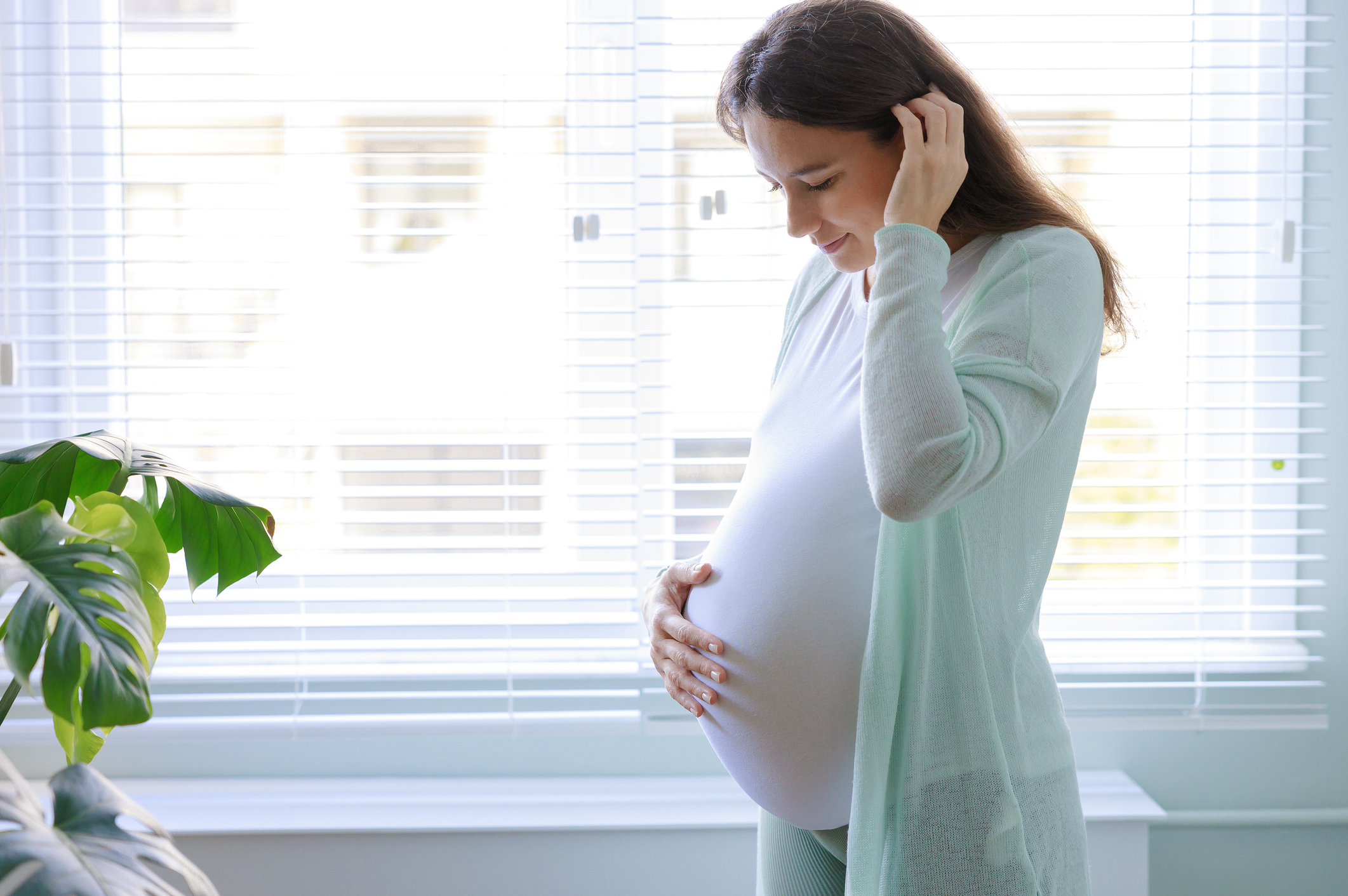
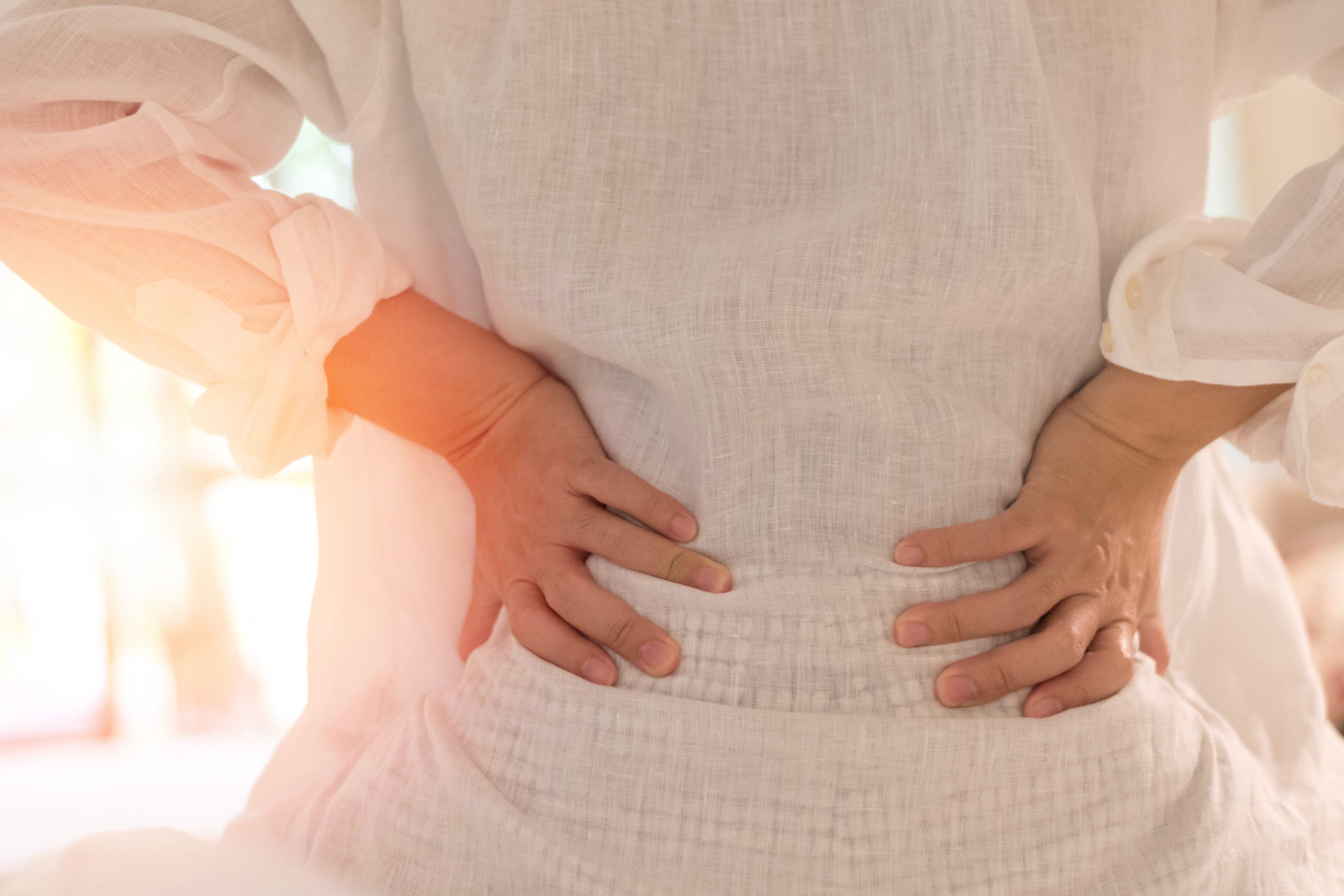
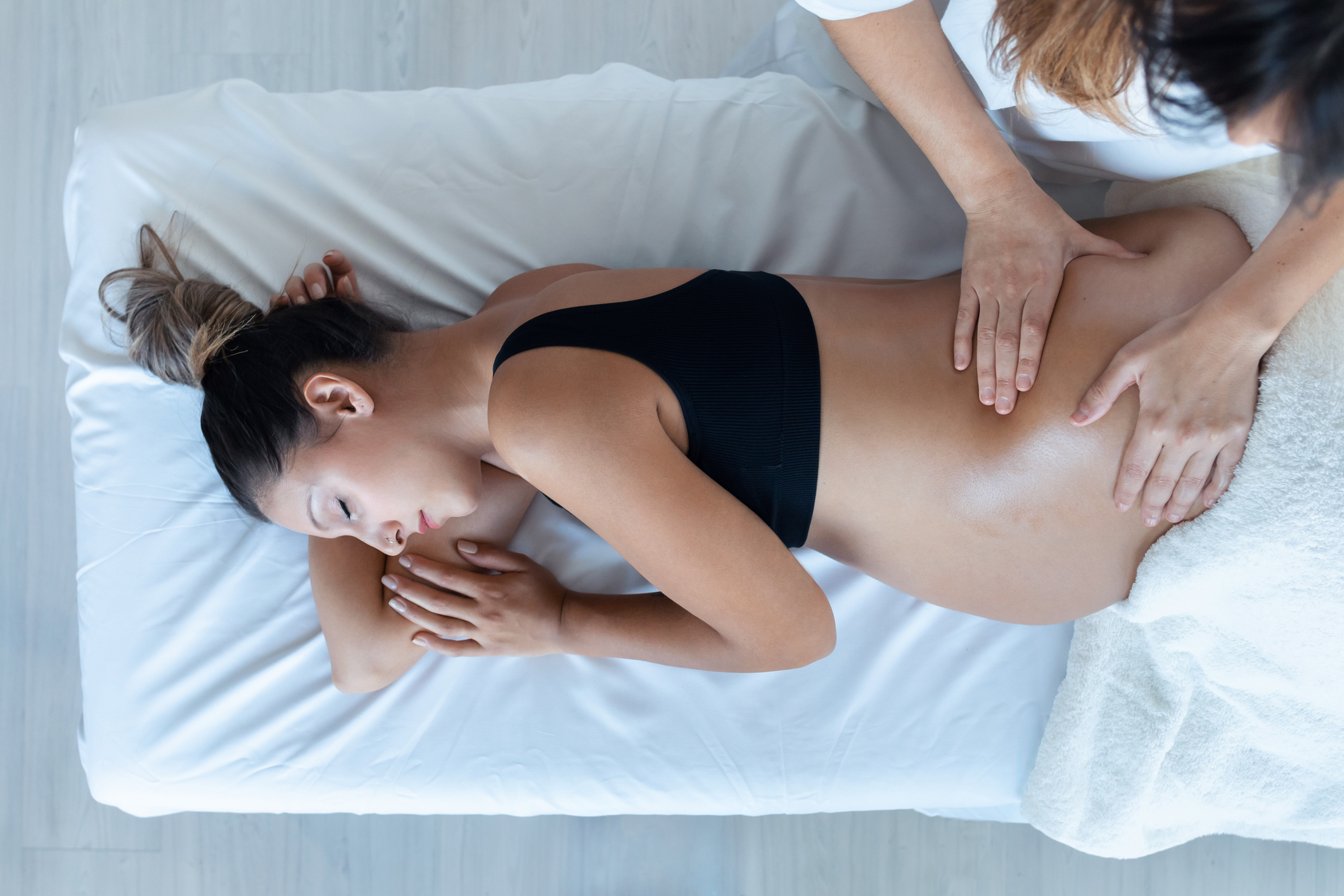
Sciatica
Sciatica commonly begins in the second trimester of pregnancy. This is when the body’s Relaxin levels increase and joints, ligaments and muscles are loosening up to allow room for the baby bump to grow. Relaxin is a hormone produced by the ovaries and placenta which allows a woman’s body to stretch more during pregnancy.
In addition to the Relaxin levels increasing, the back – gravitationally pulled forward by the extra weight and shape of the baby bump – naturally curves into a reversed ‘C’ shape. Lordosis is the name given to the curve at the bottom of the back. As a pregnancy progresses and a baby bump grows, a woman’s lordosis can become more pronounced. As the back tilts further is adds pressure to the lower back which can compress discs and nerves.
Sciatica in pregnancy is experienced in the same way sciatica in non-pregnancy is; namely a pain which extends from the glute down one leg. Generally speaking, sciatica will run down the back of the leg and into the heel or big toe. Typically, sciatica feels like a sharp shooting pain that lasts for a couple of seconds and then goes away. A throbbing pain or deep ache in the glute may remain after a sciatica attack.
What typically causes a sciatica attack is a compression on a nerve. In pregnancy, women tend to experience tight glute muscles as the Relaxin which is being produced encourages the ligaments to go soft and the pelvis gradually opens. As the glutes tighten up, the sciatic nerve which runs between the two sets of glutes can get crushed.
How can osteopathy help a pregnant woman experiencing sciatica?
- Decompression of the lumbar spine is the first port or call in osteopathic treatment for sciatica in pregnancy. This, combined with work on the sacrum, can re-adjust the body and bring it back into balance.
- Hands-on treatment of the hips can also help. As the hips are opened-out the abductors become looser. Finally, cranial work can be implemented to complete the realignment from ‘top to tail’.
- If done successfully, osteopathic treatment for sciatica in pregnancy can relieve pain, improve a pregnant woman’s walking gait and even-out the pressure on the skeleton, with the intention of preventing future sciatica attacks.
Pelvic girdle pain (aka ‘Lightning crotch’)
Pelvic girdle pain, aka ‘lightning crotch’ (a rather aggressive nickname!) – is another common ailment of pregnancy.
The pelvis is made up of one large bone at the back – the sacrum – and two bones to the side which merge at the front and have a small piece of cartilage between them.
As Relaxin is produced it is common for the cartilage between the pelvic bones to loosen. This can cause the pelvis to become wonky and out of alignment.
The cartilage ‘pinpoint’ is the area which can become painful in pregnancy due to this imbalance.
When a pregnant woman experiences pelvic girdle pain, it is often described as an aching pain which sits between the pubis and the sacrum. Women report a ‘heavy’ feeling or sometimes a sharp ‘lightning’ pain, hence the nickname.
How can osteopathy help a pregnant woman experiencing pelvic girdle pain?
While PGP and lightening crotch are common discomforts during pregnancy, proactive measures and seeking professional help, such as consulting with an osteopath, can significantly improve the journey for expectant mothers.
- Prenatal exercises: Gentle exercises, especially those focused on strengthening the pelvic floor and core muscles, can provide support and alleviate pain.
- Proper posture: Maintaining good posture reduces strain on the pelvic joints. Simple adjustments like sitting up straight and avoiding prolonged standing can make a significant difference.
- Supportive devices: Maternity belts or pelvic support belts can provide additional support to the pelvic area, helping to distribute the weight more evenly.
- Warm baths and ice packs: Alternating between warm baths and applying ice packs to the affected area can help reduce inflammation and ease discomfort.
Round ligament pain
The uterus, where the baby grows, is suspended by three main ligaments. There is the suspensory ligaments, ovarian ligament, round ligament and broad ligament which is like a big sheet which extends from the uterus to the fallopian tube and ovaries.
These supportive ligaments, particularly the round ligament begin to stretch to create room for your growing baby. This can lead to occasional discomfort, like twinges or sharp, pulling sensations in your lower belly, especially when you make sudden movements or change positions. It’s a natural part of the pregnancy journey and typically harmless.
Over time, round ligament pain tends to settle down as the ligament readjusts. Much like a rubber band which has been pulled over time, the round ligament eventually stretches out and finds its new equilibrium.
Interestingly, round ligament pain tends to be unilateral for women. This is often due to an imbalance in the hips, with the pelvis rotating backwards on one side, thus pulling the round ligament in one particular direction.
How can osteopathy help a pregnant woman experiencing round ligament pain?
- Osteopathy offers a gentle hands on approach to relieve this discomfort.
- It work’s to ease muscle and ligament tension, enhance blood flow and re-align the pelvis and other surrounding structures to help your ever adapting body, all while promoting relaxation.
Painful ribs and breathing pain
Painful ribs and breathing pain are both commonly experienced by pregnant women, especially during the later stages of pregnancy.
The diaphragm is a dome of muscle that connects the base of your sternum & lower ribs through to the lumbar spine (like a big umbrella). As a baby gets bigger and starts to engage (i.e. turns head down), a baby’s legs may kick the diaphragm and ribs.
Aside from the discomfort of the rib-kicks (ouch!), the diaphragm muscle can also become impacted which can cause an imbalance to the thoracic cavity pressures the diaphragm would otherwise balance out.
The thoracic cavity is the second-biggest hollow space in the body and contains the heart, lungs and other organs.
While the baby doesn’t technically ‘move into’ the lungs, it can feel like there is less space to breathe as the thoracic cavity pressure may be ‘off’, thus causing a feeling of constriction. This can make it fee like it’s harder to breathe for pregnant women.
How can osteopathy help a pregnant woman experiencing painful ribs and breathing pain?
- Enter osteopathy, your friendly neighbourhood superhero for pregnancy discomfort!
- We can help to ease tension and improve mobility of the ribcage through carefully applied techniques.
- We can help improve the function of your diaphragm making it easier to take those deep, relaxing breaths, that can be oh so challenging when your have a little human growing inside you!
- Osteopathy is all about promoting relaxation throughout your body. This can reduce stress and tension, not just in your ribcage and diaphragm but also in your back, neck, and shoulders, which often carry extra strain during pregnancy.

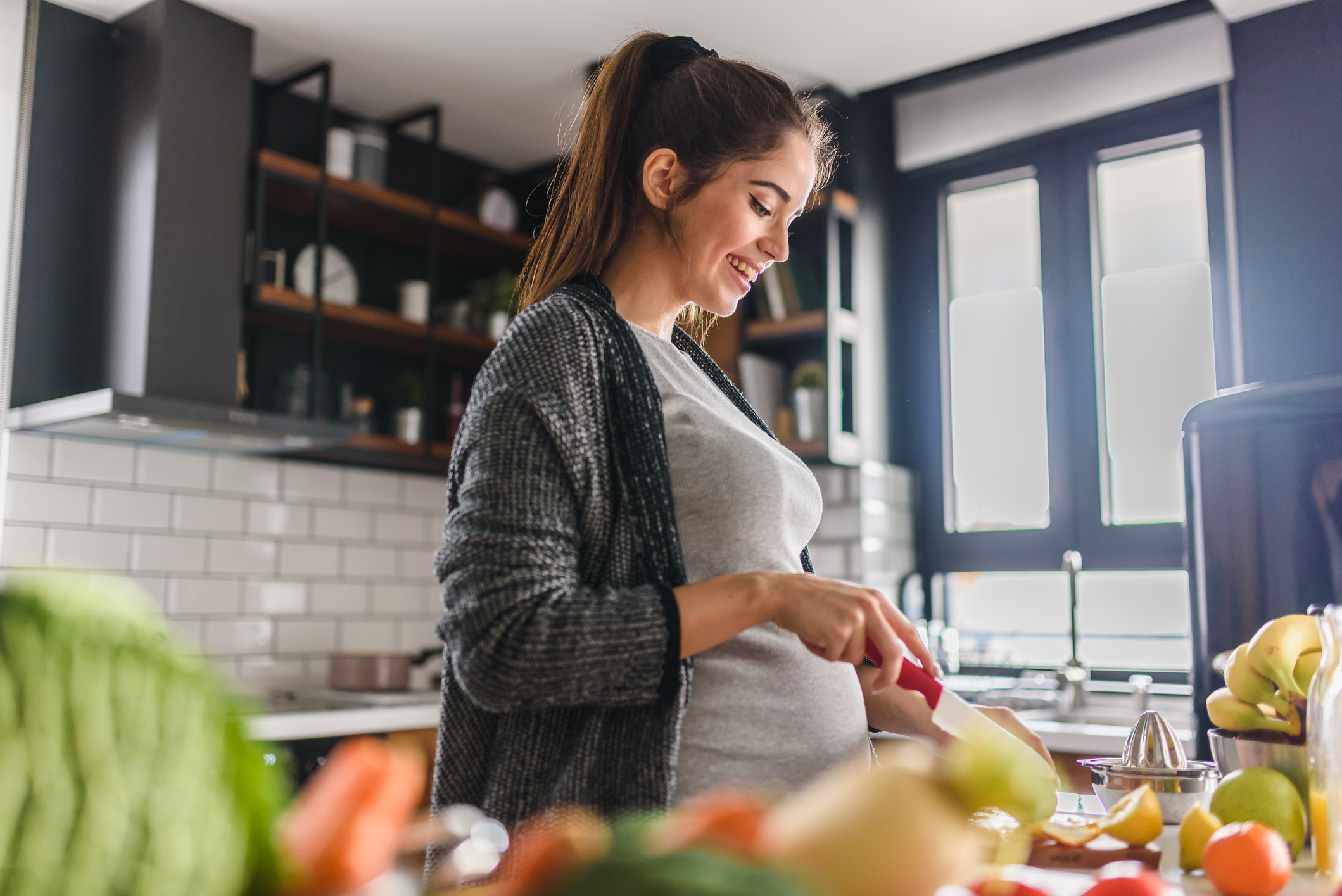
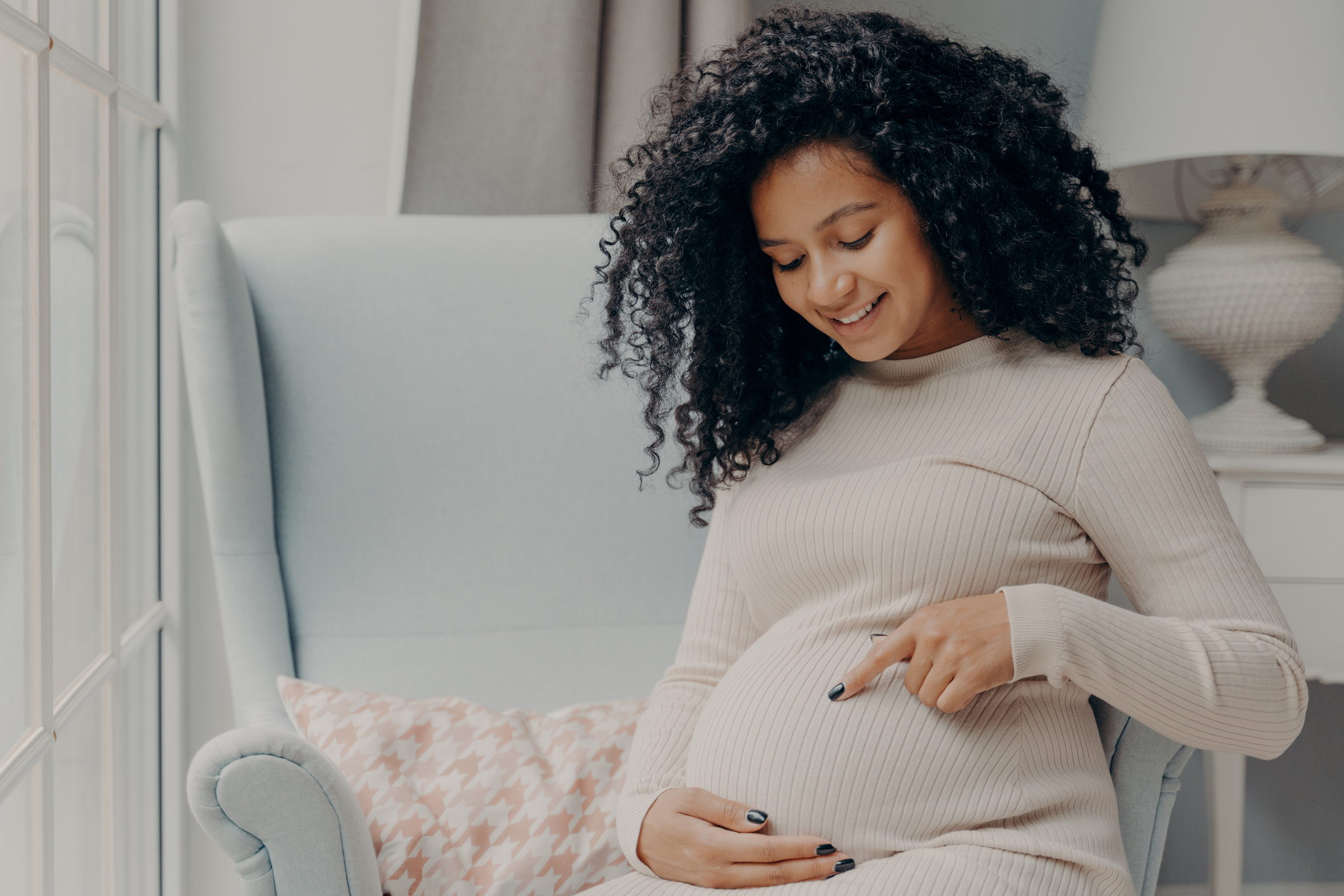
Digestive issues
Digestive issues are very common for women in pregnancy. As the the uterus expands, the intestines get moved and pushed aside to make more room. Additionally, often in pregnancy the stomach is compressed. This, similarly to the diaphragm’s imbalance, can cause the digestive cavity pressures to be thrown off.
During pregnancy there is less of a seal on the cardiac sphincter, which usually acts like a door to the stomach, ensuring that food flows one way only into the stomach and preventing regurgitation.
When there’s more pressure on the cavity due to the expanding uterus, the cardiac sphincter can open slightly, which can cause reflux and abdominal pain.
Research shows that eating small regular meals can help to prevent reflux and abdominal pain, as small meals don’t put as much pressure on the digestive system at any one time.
This has also been shown to help with constipation, which is another common symptom during pregnancy.
How can osteopathy help a pregnant woman experiencing digestive issues?
- Enhancing abdominal mobility: Osteopathic practitioners use hands-on techniques to gently mobilise the abdominal organs. This can help relieve pressure on the digestive system, making it easier for food to move through the gastrointestinal tract and reducing issues like bloating and discomfort.
- Relieving muscle tension: Pregnancy can cause muscle tension and tightness in the abdominal area, which may contribute to digestive discomfort. Osteopathy can help relax and release these tense muscles, allowing for more efficient digestion and reducing the risk of issues like heartburn or acid reflux.
- Balancing nervous system: Osteopathy aims to balance the autonomic nervous system, which controls many digestive functions. By promoting a more harmonious state within the nervous system, osteopathy can support better digestion and reduce the impact of stress, which can exacerbate digestive problems.
- Promoting blood circulation: Osteopathic techniques can help improve blood circulation in the abdominal region. This enhanced blood flow can aid in the delivery of nutrients to the digestive organs and support their proper functioning.
- Relieving pain and discomfort: Osteopathic care can alleviate pain and discomfort associated with digestive issues. This is especially important during pregnancy when comfort is crucial for the well-being of both the mother and the baby.
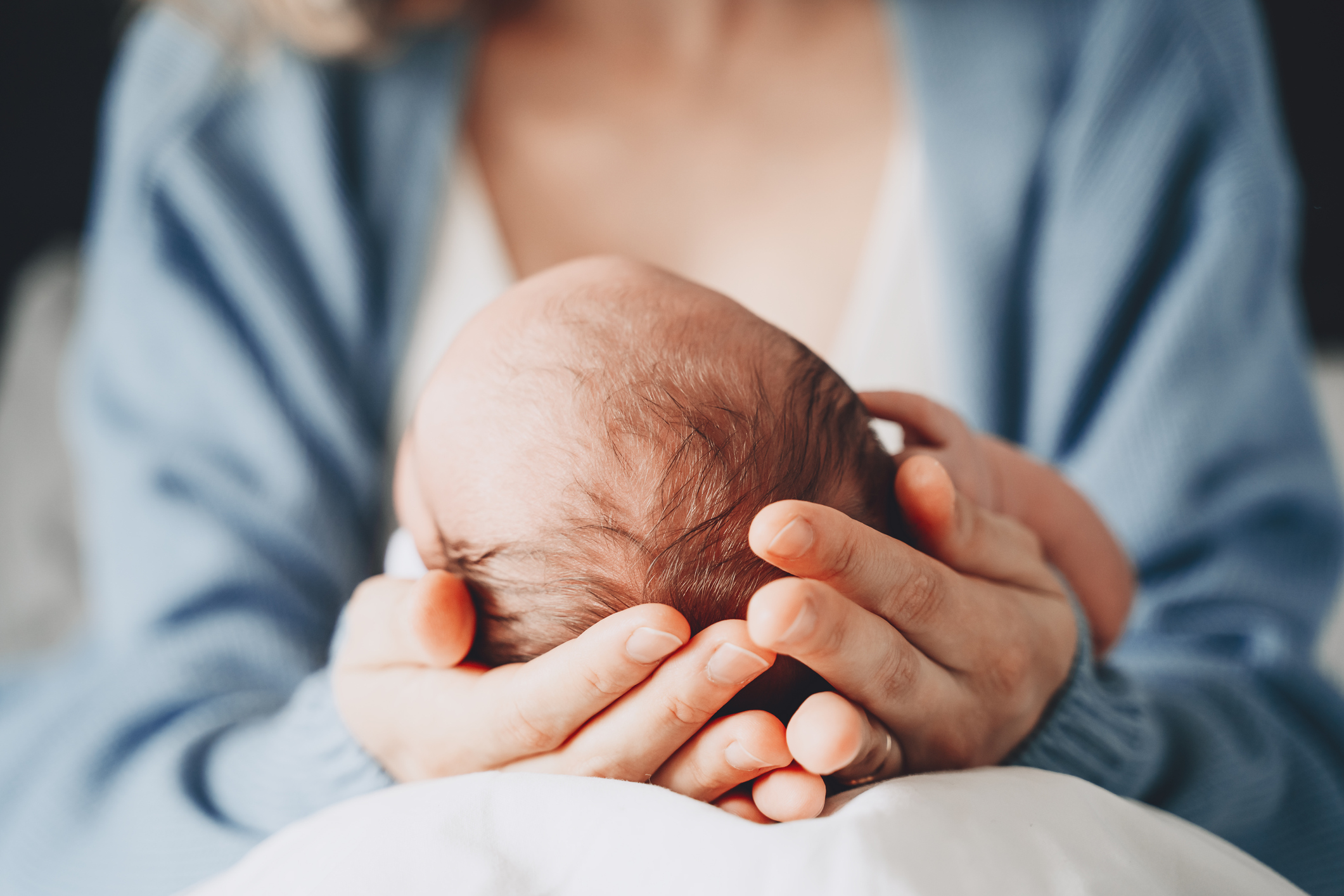
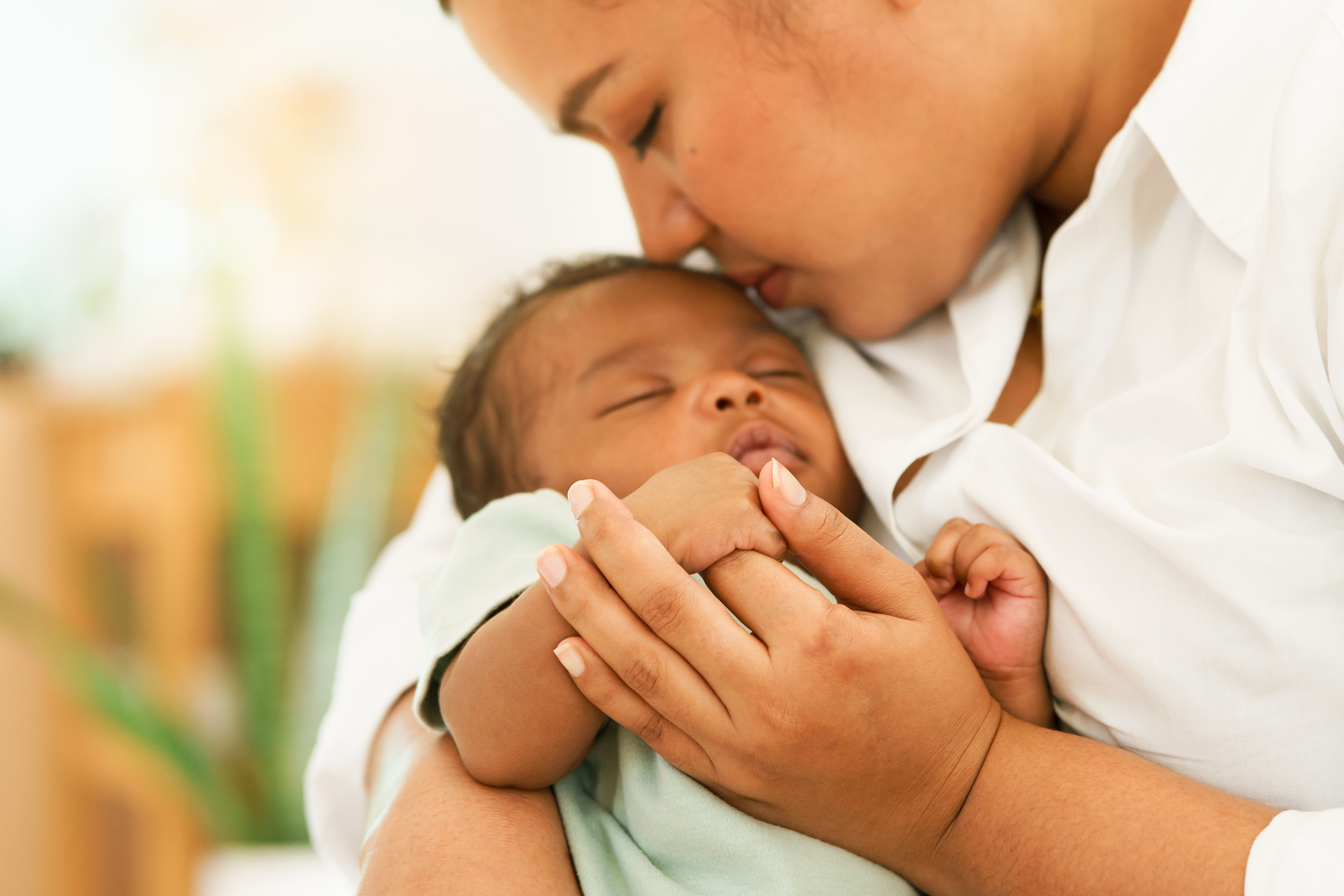
A note on postpartum recovery
How long after birth should women leave it before seeing an osteopath?
The body has an incredible ability to ‘put itself back together’ after birth and osteopathy can lend a helping hand with this.
At three weeks, there has usually been enough time for a woman to process the birth, have some time with her baby and overcome the main hormonal surges that are typical post-birth. Osteopathy at this point can help a woman to become more mobile and readjust. Each woman is an individual, although three weeks postpartum is a good benchmark for many, it may be that some women feel more comfortable booking in for an appointment at four weeks postpartum or after that.
An osteopathic appointment can help to rebalance the cavities that have been out of balance during pregnancy.
As a general rule of thumb for women who’re postpartum, the ‘5-5-5’ rule can be helpful:
5 days in the bed I 5 days on the bed I 5 days near the bed
This gives new mums time to rest, heal hormonally, begin the repair process and connect with her baby. It also allows for some gentle movement to start the postpartum mobility stage.

 Phoenix Maas
Phoenix Maas Our Team
Our Team